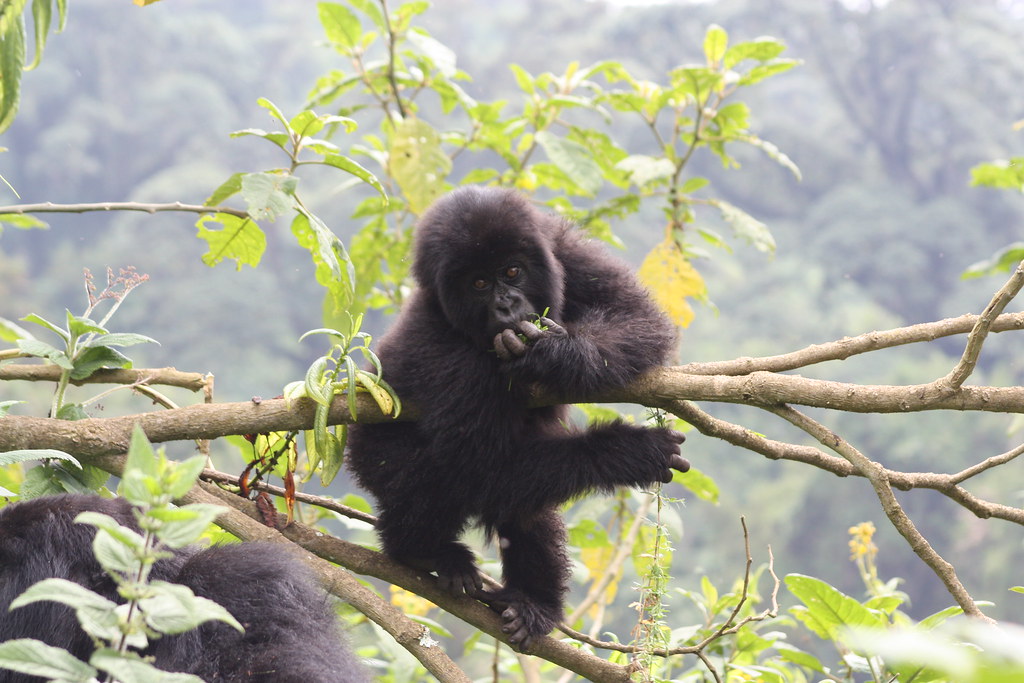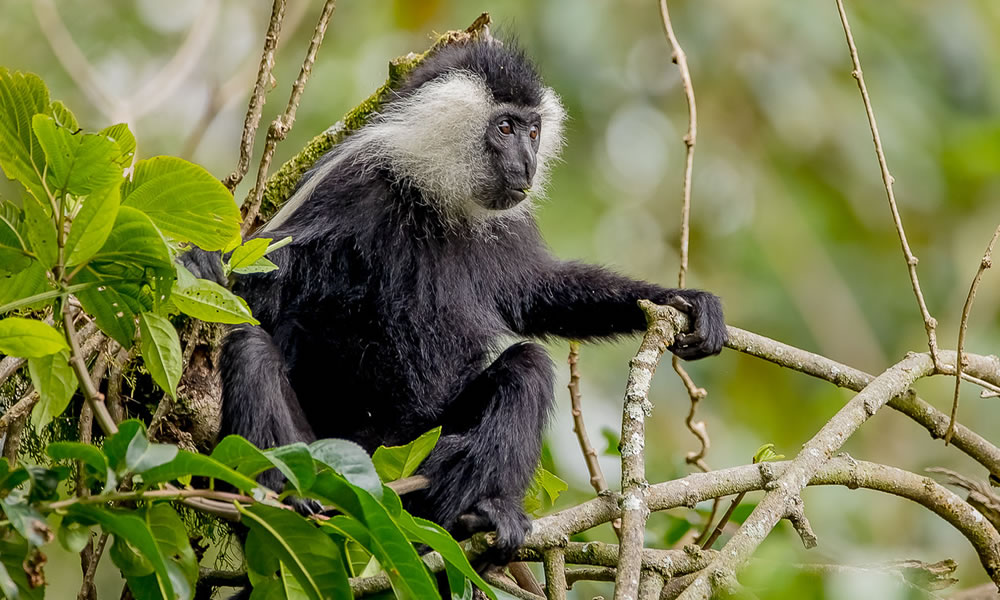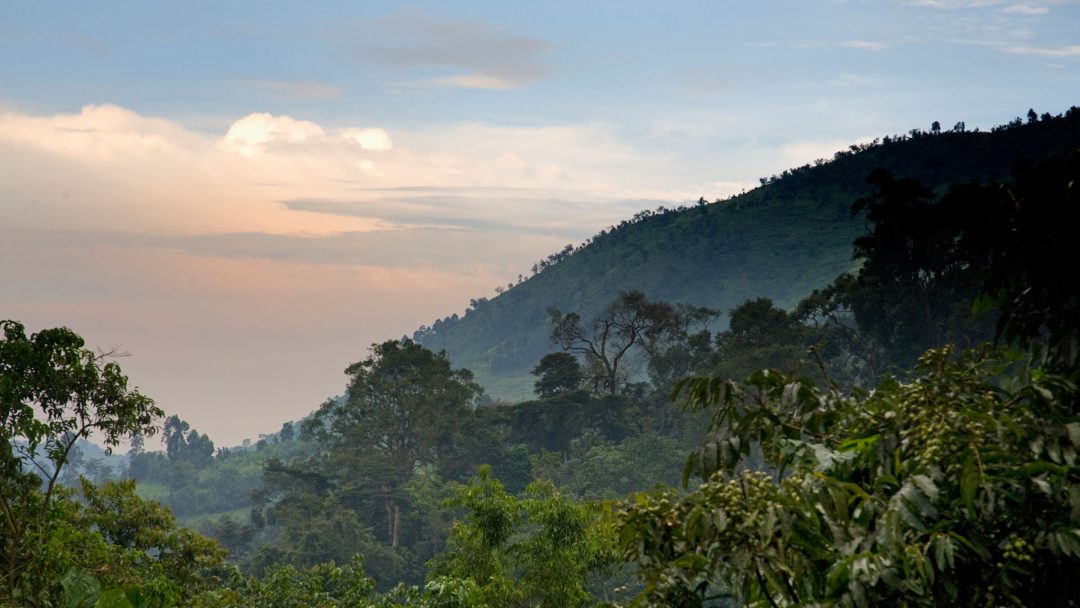Best month for gorilla trekking in Africa

Gorilla trekking is an exciting adventure that lets travelers see magnificent mountain gorillas in
their natural environment. This engaging experience involves hiking through thick forests with
skilled trackers and guides to find one of the habituated gorilla families. The trek typically lasts
between 2 to 5 hours, depending on the gorillas’ movements, and provides stunning views and
knowledge about the diverse plants and wildlife in the forest. Once the gorillas are found,
visitors spend about an hour observing these gentle creatures, witnessing their social behaviors,
and admiring their intelligence and agility.
But, with Africa's unpredictable weather patterns, timing is everything. The rainy season can
make gorilla trekking challenging, while the dry season can make the terrain dusty and
unforgiving. So, when is the best month to go gorilla trekking in Africa? Let's dive in and find
out.
Climate, Seasons, and Best Months for gorilla trekking
Africa's diverse climate and seasonal fluctuations significantly impact gorilla trekking
experiences. The continent's tropical regions, where gorillas inhabit, are characterized by two
primary seasons: the dry season and the rainy season.
Dry Season (June to September and December to February)
The dry season is considered the best time for gorilla trekking due to dry roads and terrains
making hiking easier. The dry season also offers better visibility, allowing for more opportunities
to spot gorillas and other wildlife.
Rainy Season (March to May and October to November)
The rainy season can make gorilla trekking more challenging. Heavy rainfall can render trails
slippery and muddy, increasing the difficulty level of the trek. However, the rainy season also
brings new life to the vegetation, making the landscape lush and green.
Gorilla trekking in Africa Month by month guide
January
January kicks off the dry season, creating a prime environment for gorilla trekking. As the
gorillas descend to lower elevations in search of food, spotting them becomes a more feasible
task. This period is deemed peak season for gorilla trekking, attracting a sizable crowd of
enthusiasts.
February
February boasts flawless conditions for gorilla trekking, courtesy of the dry season's persistence.
The gorillas linger in lower elevations, increasing the likelihood of encounters during gorilla
trekking excursions. However, this popularity comes at a cost, as February remains a peak
season for gorilla trekking.
March
March heralds the onset of the rainy season, casting a challenging spell over gorilla trekking
endeavors. Slippery trails and migrating gorillas, seeking higher elevations, render spotting them
a more arduous task during gorilla trekking.
April
April's rainy season intensifies, pushing gorilla trekking trails to their limits. The gorillas, now in
higher elevations, become increasingly elusive, making gorilla trekking a more demanding
pursuit.
May
May brings a welcome reprieve, as the rainy season dissipates and trails begin to dry. The
gorillas initiate their descent to lower elevations, enhancing the prospects of encountering them
during gorilla trekking.
June
June marks the dry season's resurgence, setting the stage for optimal gorilla trekking conditions.
The gorillas, now in lower elevations, are more readily spotted as they forage for food, elevating
the overall gorilla trekking experience.
July
July's dry season continues unabated, providing a perfect backdrop for gorilla trekking
adventures. The gorillas remain in lower elevations, affording trekkers ample opportunities to
observe them in their natural habitat.
August
August's dry season persists, maintaining ideal conditions for gorilla trekking. The gorillas, still
in lower elevations, are relatively easy to spot, allowing trekkers to marvel at these magnificent
creatures.
September
September's dry season begins to wane, introducing a fresh set of challenges for gorilla trekking.
As the trails grow dusty, the gorillas initiate their ascent to higher elevations, rendering them
more difficult to spot.
October
October welcomes the rainy season's return, casting a formidable shadow over gorilla trekking
pursuits. Slippery trails and elevated gorilla habitats conspire to make spotting them a more
laborious task.
November
November's rainy season intensifies, pushing gorilla trekking trails to their limits. The gorillas,
now in higher elevations, become increasingly elusive, demanding greater resolve and
perseverance from trekkers.
December
December heralds the dry season's return, revitalizing the gorilla trekking landscape. As the
gorillas descend to lower elevations in search of sustenance, the prospects of encountering them
during gorilla trekking excursions brighten considerably.
Gorilla trekking permits availability
Uganda has 152 per day divided among 22 gorilla families, Rwanda has 80 gorilla permits per
day and Congo has 56 gorilla permits available per day.
To avoid disappointment, crucial to secure permits 3-6 months before your trekking date, as
demand is high, particularly during peak season (June to September and December to February).
Some tour operators offer special discounts for international residents, students, and African
citizens.
When organizing your gorilla trekking adventure, consider visiting during the dry season (June
to September and December to February), which offers more favorable trekking conditions and
enhanced visibility. Alternatively, explore the shoulder season (April to May or September to
November) for a more budget-friendly experience.
In Conclusion, Exploring Africa & majestic landscapes on a gorilla trekking adventure is a dream
come true. With expert guidance from reputable operators like Jeisking Tours,unlock the
secrets of these incredible creatures and their habitats.
Unlock a truly immersive experience in the heart of Africa by contacting Jeisking Tours at
gorillaugandasafaribookings@gmail.com.



